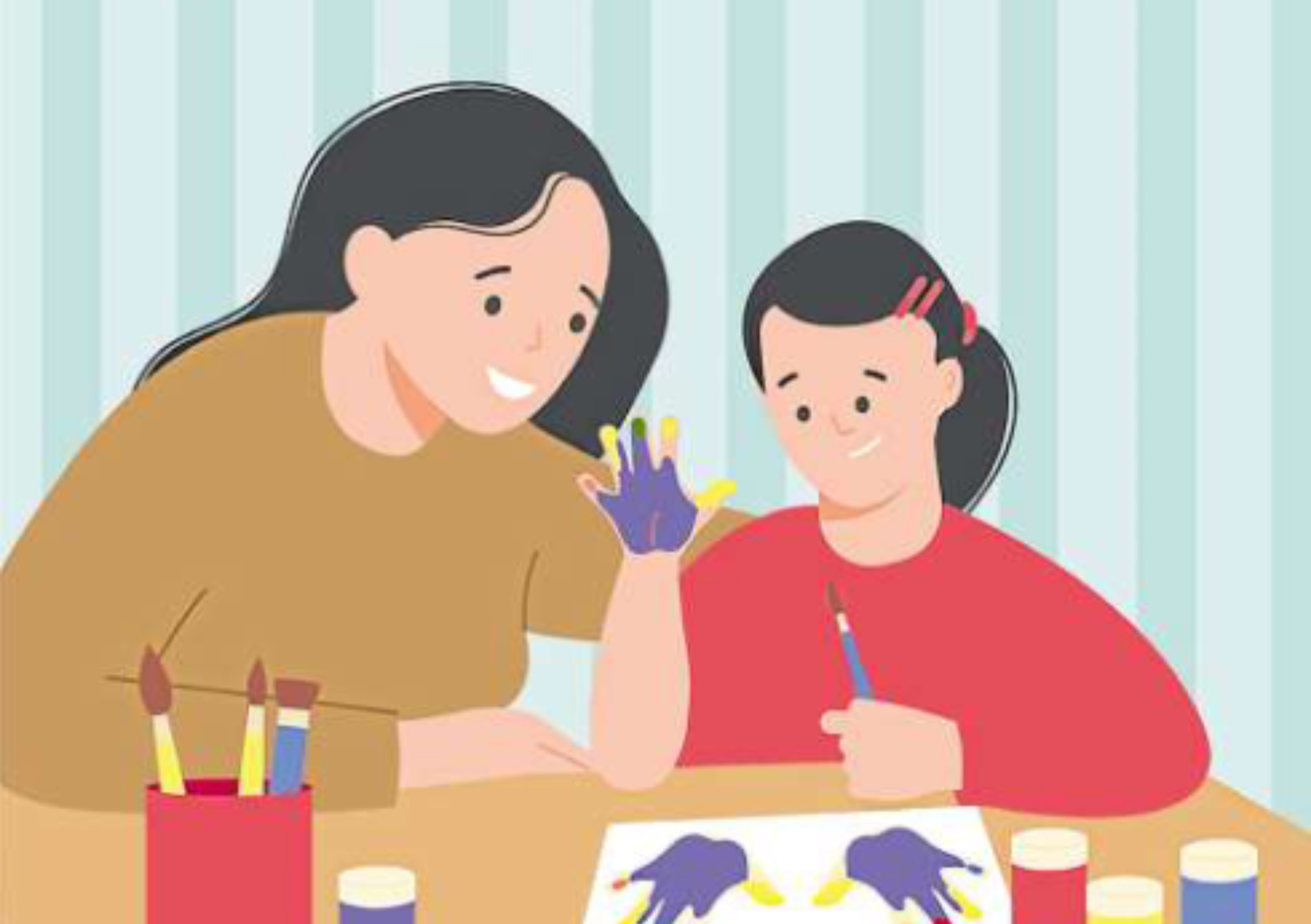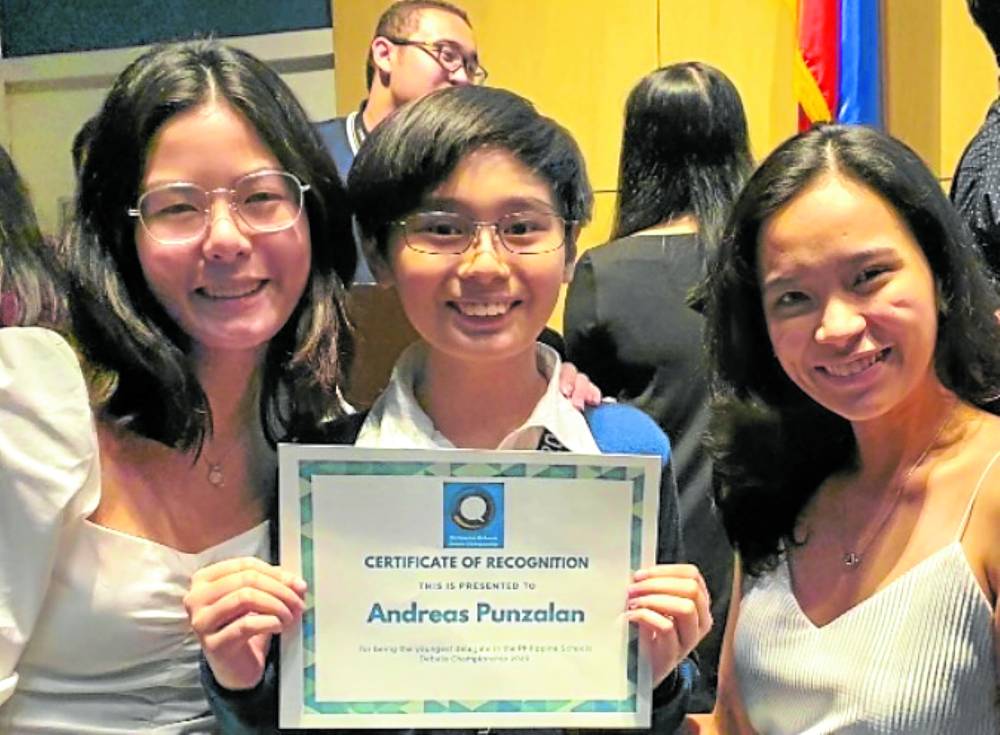For too many people, autism is simply a word used to broadly describe anything different. Autism is a cruel joke or insult. Autism is something that “other” families deal with. It is a complicated puzzle meant for doctors and scientists to unlock. In other words, it’s not our problem.
But nothing could be further from the truth. We all share one world, where autism is quickly becoming more and more prevalent with each passing year. What the future holds for autism is anyone’s guess, but how we choose to understand it is vital to making sure that persons with autism have a better future.
Autism is not just autism. It is a spectrum, which is why it is now called Autism Spectrum Disorder. ASD is a range of conditions that includes classic or Kanner’s Autism, Asperger’s Syndrome and Pervasive Developmental Disorder Not Otherwise Specified (PDD-NOS). These conditions are classified as a pervasive developmental disorder.
What does this mean? I consulted a family friend of ours, Bunny Joaquin. Bunny is the founder and directress of Shine Intervention Center, a local school specializing in educational intervention services for persons diagnosed with ASD.
Basically, she explains how a person with autism can be anywhere within this spectrum. “You can be anywhere with really high (Asperger’s) or really low levels of function (Kanner’s), or you can be somewhere in the middle.”
Meanwhile, “pervasive developmental disorders” is best defined in www.autism.org as “a lifelong developmental disability that affects how a person communicates with, and relates to, other people. It also affects how they make sense of the world around them.”
It is not a disease, but a neurological disorder. It is characterized by “social impairments, communication difficulties, and restricted, repetitive and stereotyped patterns of behavior,” according to the National Institute of Neurological Disorders and Stroke.
When we speak of neurological disorders, we are speaking of the way one’s brain develops. Bunny tells me that neurological disorders can begin as early as within the first three weeks of pregnancy. The US National Library of Medicine’s website, www.ncbi.nlm.nih.gov/pubmedhealth has a comprehensive section dedicated to ASD, which explains that the way the brain develops its social and communication skills is impaired by “abnormal biological and chemical” processes. There is still much debate as to what causes this, but genetics seems to be the general consensus.
There are a number of other suspected, but unproven “causes.” While there are families that feel absolutely certain that autism is caused by the mercury used to preserve the MMR vaccine, the American Academy of Pediatrics as well as the Institute of Medicine believe that these shots are far more beneficial than they are a risk.
Also, a report on CNN tells us that the 1998 published study conducted by Dr. Andrew Wakefield, which made the connection between autism and vaccines, was recently retracted. Wakefield’s license was revoked upon the discovery that he falsified medical data and that he failed to disclose that he was contracted by a law firm, which planned to sue vaccine manufacturers.
Spectrum
When it comes to the characteristics of ASD, the three common characteristics are basically communication, social interaction and behavioral problems, in varying degrees, according to where along the spectrum the child is.
As early as 18 months, parents may already notice a baby’s delayed speech, lack of interest and response in activities, peers and eye contact. Conversely, they may also show an intense fascination for one object or practice for an extended period of time.
Communication problems may be both verbal and nonverbal. Some have complete difficulty with speech. Others may be able to converse, but speech may be strained as some are unable to recognize speech patterns, expressions and non-literal meanings. However, some people are able to successfully work around communication problems by turning to other mediums, such as text and sign language.
Social interaction is usually affected due to the fact that the autism has its own culture and way of seeing the world. The above-mentioned lack of social skills may also hamper the development of friendships. Some display a lack of empathy, which also hinders them from developing relationships with others. The key is for everyone to extend the necessary understanding to get things rolling for the children.
Behavioral problems may include the “stereotypical,” such as repetitive actions (bobbing of one’s head or waving of one’s hand), object or activity fixations, and sensitivity to changes in their ordinary daily schedule.
Sensory deficits are also part of this and refer to the way the senses react to ordinary stimulation. Some children show no reaction to external stimuli, such as calling their name and loud noises, while others show heightened sensitivity to everything.
Pain and sensory management are also affected in other persons and is displayed as they repeatedly hit or bite themselves, while in other cases, they refrain from physical contact as it is “overwhelming and over-stimulating.”
Autism has no cure. However, many of its symptoms may be addressed and improved through a number of methods, depending on the level of severity and therapy received. Parents should be prudent in choosing the methods most suitable to the type of ASD a child may have.
The right screening and tests are needed to have the right information to work with. Some of the methods of treatment available are applied behavior analysis, medication, occupational, physical and speech language therapy, and diet.
Based on her experiences, Bunny recommends intervention as early as possible. When she talks about her students who have “graduated” and integrated successfully into regular schools, she gives much credit to the individual person’s will.
However, when it comes to treating symptoms, she says the biggest and most important factor is the willingness of parents to first accept the situation. After that, it is vital that they learn to accept what their child does and can do, and that they remain motivated to continue supporting their children. Support must be consistent at home, not only in intervention and therapy centers.
Rising incidence
CNN recently did a story on the rising incidence of autism in the US, where it is estimated that one out of 88 people have it. In the Philippines, there is a recorded one million cases, but this does not include undisclosed cases as well as many of those in rural areas. If we are to assume that we have a population of approximately 95 million, then that would be one out of 95 Filipinos.
You would think that with a number that big, autism would be more easily understood and accepted. Bunny laments that the opposite is true.
“We have the laws but there is no execution!” By this, she means their right to education by being integrated into regular schools. “If our kids can’t handle the academic aspect, then they should at least be allowed to be integrated socially through other activities such as clubs or sports.”
Unfortunately, many schools have been steadily closing their doors, in the process, leaving many children with autism unable to have the opportunity to have a proper education or be “mainstreamed.”
Another challenge is participating in the community at large without being discriminated against for their behavior. Some people try everything they can to “erase” this “behavior,” but Bunny quotes a woman with autism: “We are not sick. We were born this way. What I have may be puzzling, but I am not a puzzle to be put together. Teach me how to survive, but don’t change who I am.”
Online, I found one parent who wrote that she “dreams of a world where my children and I can just be ourselves without fear of reprisal. A world where my daughter can have a meltdown in public, due to over-stimulation, without people looking at me like I am a bad mother… A world where I can tell someone that we (my children and I) are autistic, without being told, ‘But you seem perfectly NORMAL!’” Maybe in time, her dream will become a reality.
And lastly, perhaps the most difficult, equal opportunity for employment. “Unless employers change their screening process and begin to match skills with those of specific job requirements, then persons with autism will always be at a disadvantage,” she explains. But without employment, what kind of future can persons with autism have?
As a final reminder before April, Autism Awareness Month, ends: Nobody from the autism community wants your pity or tolerance. What is needed is consideration, understanding and acceptance. As one line from a comment on an uploaded video says, “I’ve been told all my life that I need to be fixed, that there’s something wrong with me because I’m autistic. Autistics don’t need fixing. We’re not broken. We’re people.” That is certainly worth remembering.
Disclaimers: This article is in no way a substitute for professional medical advice, nor do I claim complete accuracy. I have written it to the best of my knowledge based on research and interviews. If you have any corrections or comments, please feel free to send them to [email protected] and I will make the necessary corrections next week. Thank you.
Shine Intervention Center is at 88 East Capitol Drive, Brgy. Kapitolyo, Pasig, and can be reached through 4775717 or www.shineintervention.com.







































